Restoring a historic home can be both a rewarding and challenging experience. While it’s exciting to bring a beautiful piece of history back to life, there are several mistakes that can easily derail your project. In this blog, we’ll walk you through some common pitfalls and how to avoid them, ensuring that your historic home restoration is a success.

1. Neglecting Proper Research
Before diving into any restoration project, it’s crucial to do your homework. Understand the historical significance, architectural style, and original materials used in your home. This knowledge will guide your restoration decisions and ensure that you maintain the home’s authenticity.
Each historic home has a unique story that deserves to be preserved. Researching its history can reveal fascinating details you might have otherwise overlooked. Consulting local historical societies, like the Wisconsin Historical Society, can provide valuable insights. They emphasize the importance of discovering your community’s historical context as a foundational step in any restoration project.
2. Ignoring Structural Issues
Structural problems such as foundation issues, rotting beams, and outdated wiring must be addressed early on. Ignoring these can lead to bigger, more expensive problems down the road. Always start with a thorough inspection and prioritize structural integrity in your restoration plan.
It’s not uncommon for historic homes to show signs of wear and structural compromise due to age. Given their unique construction methods, an experienced contractor specialized in historic properties can provide a comprehensive assessment. Resources like Red House Design Build stress the importance of addressing these issues before any cosmetic work begins to ensure the building’s longevity.
3. Using Inappropriate Materials
One of the keys to a successful restoration is using materials that match the original construction. Modern materials may be cheaper and easier to obtain, but they can compromise the integrity and authenticity of your historic home. Seek out period-appropriate materials, even if they take more effort to find.
Researchers from the Wisconsin Historical Society warn against the use of incompatible modern materials in historic restoration projects. This practice not only affects the house’s appearance but can also accelerate wear and damage. Consulting experts on suitable materials can greatly benefit the overall outcome of your project.
4. Overlooking Historical Regulations
Many historic homes are subject to regulations that dictate what can and cannot be altered. Failing to understand and comply with these regulations can result in fines, delays, or even the reversal of your restoration work. Always consult local preservation boards and obtain the necessary permits before starting your project.
Historic districts often have specific guidelines regarding renovations to ensure that the neighborhood’s character remains intact. When dealing with such regulations, keeping an open line of communication with local preservation boards is invaluable. The Providence Preservation Society is one such resource that helps homeowners navigate through these rules, providing peace of mind and preventing costly mistakes.
5. Underestimating Costs
Restoration projects can quickly become expensive. Underestimating costs can lead to budget overruns and unfinished work. Create a comprehensive budget that includes a contingency fund for unexpected expenses. Proper planning can help you stay on track financially and avoid stressful surprises.
Historic homes often hide surprises that can blow your budget if you’re unprepared. Factors such as outdated plumbing, poor insulation, or hazardous materials like lead paint may necessitate extensive—and expensive—remediation. According to experts from Realtor.com, building a financial cushion into your budget is essential for successfully managing these unexpected twists.
6. Neglecting Modern Comforts
While it’s important to maintain the historical integrity of your home, don’t forget to incorporate modern amenities and comforts. Proper heating, cooling, plumbing, and electrical systems are essential for comfortable living. Balance historic preservation with modern convenience to create a home that’s both beautiful and functional.
Modernizing while preserving a historic home can seem challenging, but it’s important for creating a comfortable living environment. Integrating modern technologies subtly can enhance your home’s functionality without jeopardizing its historic charm. For instance, updating the insulation as recommended by the Department of Energy can make your home more energy-efficient without altering its appearance.
7. Rushing the Restoration Process
Restoration takes time, and rushing through the process can lead to mistakes and subpar results. Take the time to plan, research, and execute each phase of the project carefully. Patience and attention to detail will pay off in the long run, resulting in a more successful and satisfying restoration.
Patience isn’t just a virtue; it’s a necessity in historic home restoration. With many variables and factors at play, each step requires thoughtful consideration. Professionals like Shaunna and Matt West from HGTV’s ‘Sweet House Alabama’ emphasize taking the time for thorough planning and meticulous execution, ensuring the home’s unique features are preserved and showcased.
Let’s build something exceptional together — start with your
Free Consultation